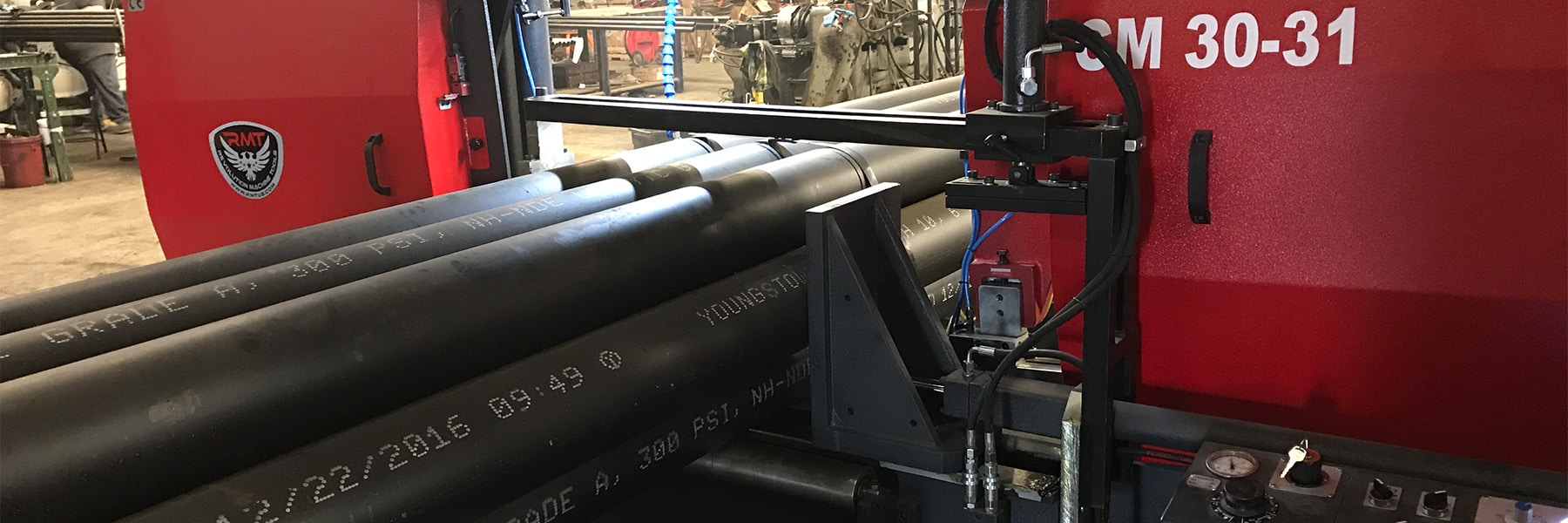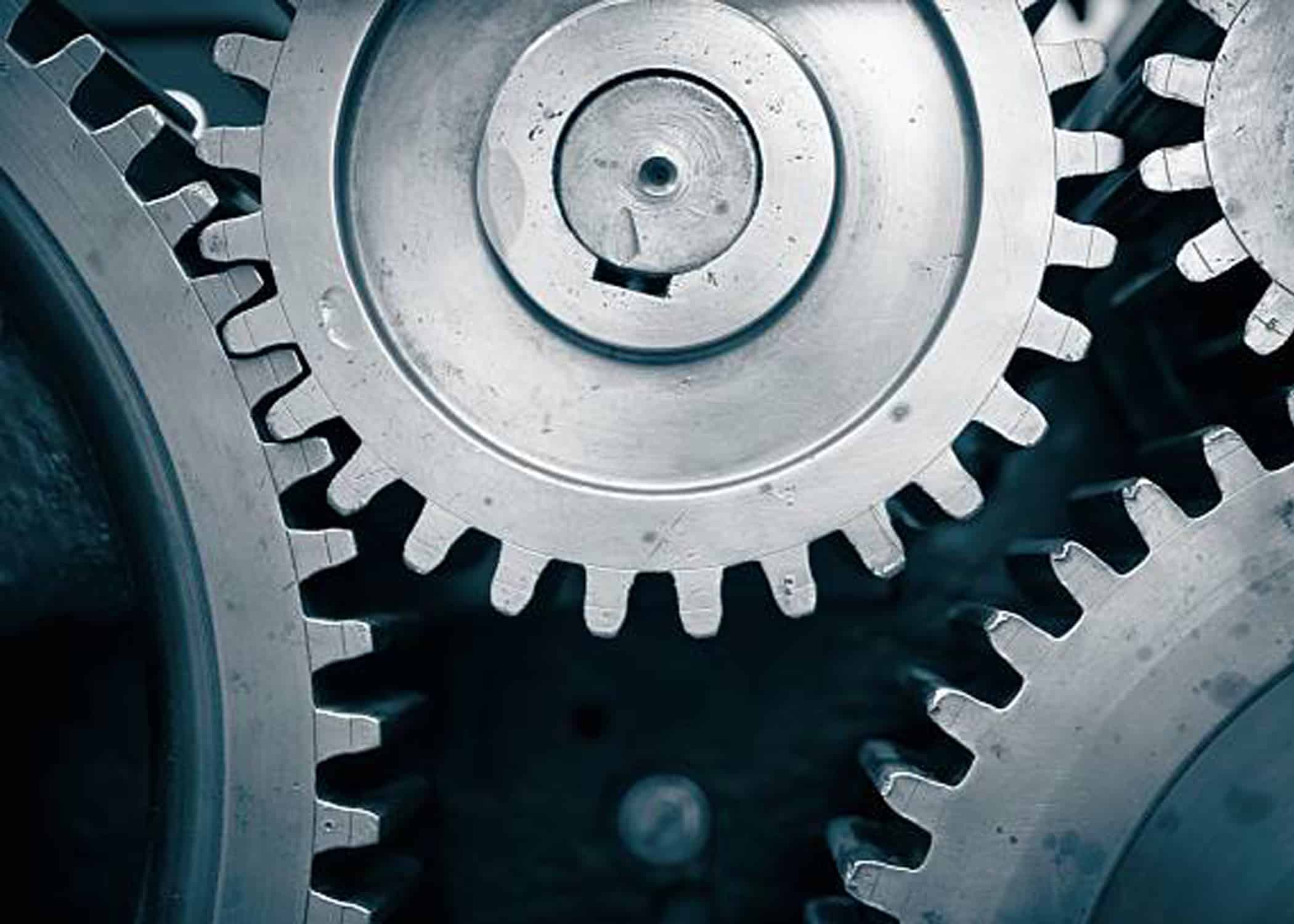Making More Money with Your Metalworking Machines
The concept of productivity must be held as a critical concern in every metalworking shop. Therefore, finding ways to make machines and processes more efficient and profitable should be a goal of all employees, whether they are management or not.
As different methods of increasing output are considered, however, it’s important for a company to maintain realistic expectations. Trying to squeeze a little extra tonnage out of a press brake or excessive hours out of a bandsaw could lead to serious problems. Shop owners and foremen need to remember that true productivity never compromises the safety of people, machines, or other assets. With that in mind, here are some ideas that might help you increase machine productivity in your shop.
A Shop-wide Focus on Productivity
Trying to increase the productivity of just one machine to the exclusion of the rest of your equipment is like replacing one tire on your car when all four are balding. No matter how well the new tire performs, overall functionality of the vehicle is still compromised. Your shop can be thought of as an organism, like a human body, where all the organs need to be working together in harmony to be considered healthy.
While there are many suggestions that might help make an individual machine more productive, it might be good to first examine how all aspects of a metalworking shop can become more efficient together. Some shop-wide productivity solutions you should look at include:
- Examine Workflow. The term workflow refers to the series of activities that are required to complete a specific task. Analyze the individual actions each job in your shop includes, along with every machine and tool (and person) involved. What slows down the workflow? What can speed it up or otherwise improve it? Are there steps that can be deleted to help streamline it? Are there added activities that can make the workflow run smoother? How does each workflow interact with all the others?
- Eliminate Bottlenecks. Turning a glass of water upside down drains it in an instant. An inverted bottle takes longer to empty, since the volume of liquid must wait to clear the narrower neck. The term bottleneck in industry reflects the same idea—all processes are slowed down by a single factor down the line. A key reason to examine workflow is to identify bottleneck situations so they can be dealt with. A machine may be extremely productive, but the loading or unloading procedures might cause downtime between batches. Finding ways to reduce or eliminate bottlenecks is a major component of productivity in a shop. It’s also important to make sure that the removal of a bottleneck with one machine or process doesn’t move the bottleneck to the next operation, or to another process that might share some of the same machines, tools, or staff.
- Update Processes. Whether with a business process or a production process, new methods and technologies are always being developed, so be sure to refine, modernize, update, and evaluate all processes involved with your operation. Involve staff at all levels throughout the procedure so that knowledge can be shared in both directions, feedback as well as training.
- Redesign Your Shop Layout. How people and parts move throughout your shop constantly affects productivity. Make sure that heavily traveled paths are straight and obstacle free. Position machines near any others that might be used for a secondary operation. Place shared resources like tooling in a centralized location between the machines that use them. Saving just five minutes every hour in walking time between all members of your staff adds up to a couple hundred hours saved over the course of a year.
- Keep the Supply Chain Flowing. Look for potential problems with supplies and take steps to prevent or mitigate them. An entire shop can run at the peak of perfection but can still have major productivity issues if supplies are reduced or run out. Whether it’s a shortage of blanking material to produce parts or toilet paper for the restroom, any deficiencies in resources can slow or cripple your operation. Talk to suppliers about upgrading ordering or delivery procedures. Sign a contractual “Most-Favored-Customer Clause” (MFC) with a vendor that guarantees you always get the best price the vendor provides to any customers.
Downtime
The easiest to improve area of productivity with any machine is the reduction of downtime. While your shop might not necessarily run 24-hours a day, the more uptime each piece of machinery can have during operating hours, the more lucrative your business will be. Every block of time any machine sits idle is potential profit that is lost.
Evaluate every machine in your shop to see where downtime can be reduced. Some factors to consider include:
- Can more parts or other work be completed during each setup?
- How long does it take to switch out jobs?
- What are the reasons for interrupted operations in an average day?
- Can additional shifts be added?
- Can break times be staggered to reduce machine downtime?
- Can employee meetings be minimized to reduce downtime?
- Can employees be cross trained to keep machines running?
- How does material handling affect the productivity of the machine?
- What secondary operations affect the productivity of the machine?
- How much is each machine down for scheduled maintenance?
- How often is each machine down for repairs?
- Which costs you more, idle machine time or operator overtime?
Maintenance
Some shops act like taking time out for scheduled maintenance is unacceptable downtime. The opposite is true. Skipping out on maintenance is a surefire guarantee of problems later, whether they be minor or critical. Maintenance can be planned around peak productive times, but unexpected breakdowns can be devastating to a shop’s bottom line.
Some considerations for machine maintenance in your shop should include:
- Post a schedule of all suggested maintenance on each machine—don’t trust that all operators will refer to the manual.
- Avoid postponing planned maintenance, even if big jobs are looming.
- Teach all personnel that frequent the shop—operators and otherwise—to look for signs of potential problems with machines, such as odd noises, smells, or spills.
- Invest in a maintenance contract for each major machine. It’s worth the extra money to guarantee that a factory-trained professional goes over your machines with a fine-toothed comb every six or twelve months, not only to professionally perform scheduled maintenance that is beyond the skill level of your operators, but also to inspect for issues your staff might easily overlook.
- Teach troubleshooting techniques to all operators and shop staff who interact with a specific machine.
- Look at adding automatic lubrication equipment to machines.
- Scrutinize all breakdowns to determine any possible contributing factors.
- Make certain that any upgrades—especially custom ones—don’t compromise either the machine or its warranty.
- Have a plan that will keep employees productive in other areas for those occasions when breakdowns can’t be avoided.
Tooling, Accessories, Upgrades
What are ways in which your metalworking machines can be improved? Even the most efficient piece of equipment can likely be upgraded for even better performance. What about tooling? Can it be improved in some way that will increase productivity? What accessories can be added that will streamline operations or secondary processes? Fitting a few small improvements for a particular machine into your budget could significantly enhance your return on investment.
A few possible areas of augmentation to look at include:
- Automation
- Controller Updates
- Fixturing/Workholding
- Hardened Tooling
- Loading/Unloading
- Material Handling
- Software Updates
- Tool Changing
Personnel
As you stock your shop with the very best in metalworking equipment, don’t neglect the same care in the acquisition of an even more important asset—your staff. Proper human resource management—the hiring, training, and maintaining of those who run your machines and operation—is the single biggest factor to having a profitable enterprise.
Some personnel-related productivity factors include:
- Make sure all operators are fully trained on each piece of machinery they use.
- Require all operators, including fill-in ones, to regularly read through the machine’s manual (and test them on their comprehension).
- Clearly outline all objectives and make sure that they are realistic and understood by all.
- Provide training for all key shop workers in the latest technologies in metalworking and production.
- Keep a record of employee machine training and schedule regular refreshers to help keep their skills sharp.
- Allow interested employees to cross train on equipment so that they can fill in or eventually advance in the organization.
- Train employees in collaboration and reward examples of cooperation that lead to greater effectiveness.
- Expect excellence from your staff, but always make sure they know their efforts are appreciated and valued by owners and managers.
- Don’t scrimp on benefits. Satisfied employees will be less negligent and more likely to work productively.
- Be sure to provide training on all employee policies in addition to machine training.
The Synergy of Productivity
The term synergy refers to the principle of people or things working together to accomplish more than they could by working separately. An individual thread might be easily broken, but several threads woven together into a cord might prove difficult to snap in two.
Each improvement in productivity in an area of your shop will benefit the company, but if every machine, process, and person in the business becomes more productive, the resultant growth of effectiveness in your organization could be exponential.
As all owners, managers, and employees work together to find ways of increasing productivity wherever it is lacking, the profitability of your shop and machinery will continually improve in the coming months and years.







